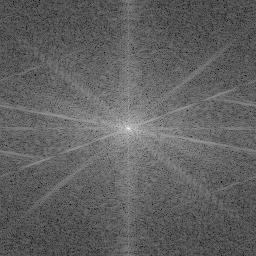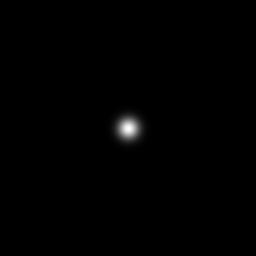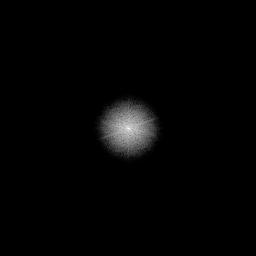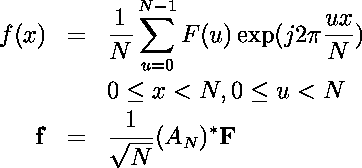>>> import Numeric
>>> f = iaread('cameraman.pgm')
>>> F = iadft(f)
>>> H = iagaussian(F.shape, Numeric.array(F.shape)/2., [[50,0],[0,50]])
>>> H = ianormalize(H,[0,1])
>>> FH = F * iaifftshift(H)
>>> print iaisdftsym(FH)
1
>>> g=iaidft(FH)
>>> iashow(f)
(256, 256) Min= 0 Max= 251 Mean=137.066 Std=87.20
>>> iashow(iadftview(F))
(256, 256) Min= 50 Max= 255 Mean=128.205 Std=16.56
>>> iashow(ianormalize(H,[0,255]))
(256, 256) Min= 0.0 Max= 255.0 Mean=1.222 Std=12.42
>>> iashow(iadftview(FH))
(256, 256) Min= 0 Max= 255 Mean=4.047 Std=21.40
>>> iashow(abs(g))
(256, 256) Min= 5.32992978393 Max= 227.023038904 Mean=137.066 Std=71.50






